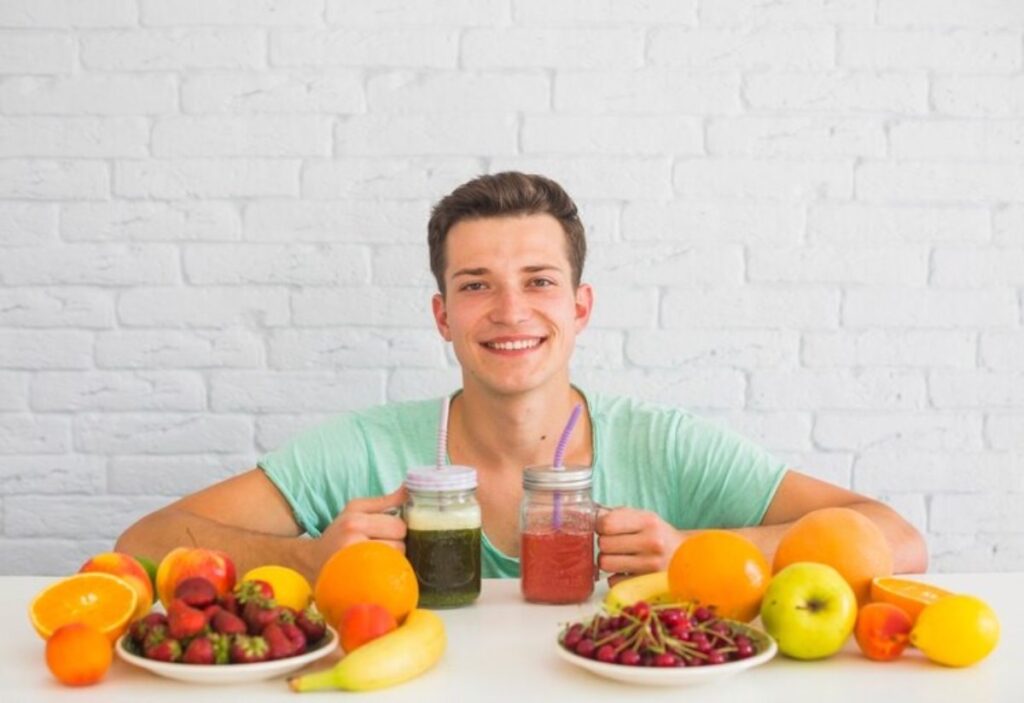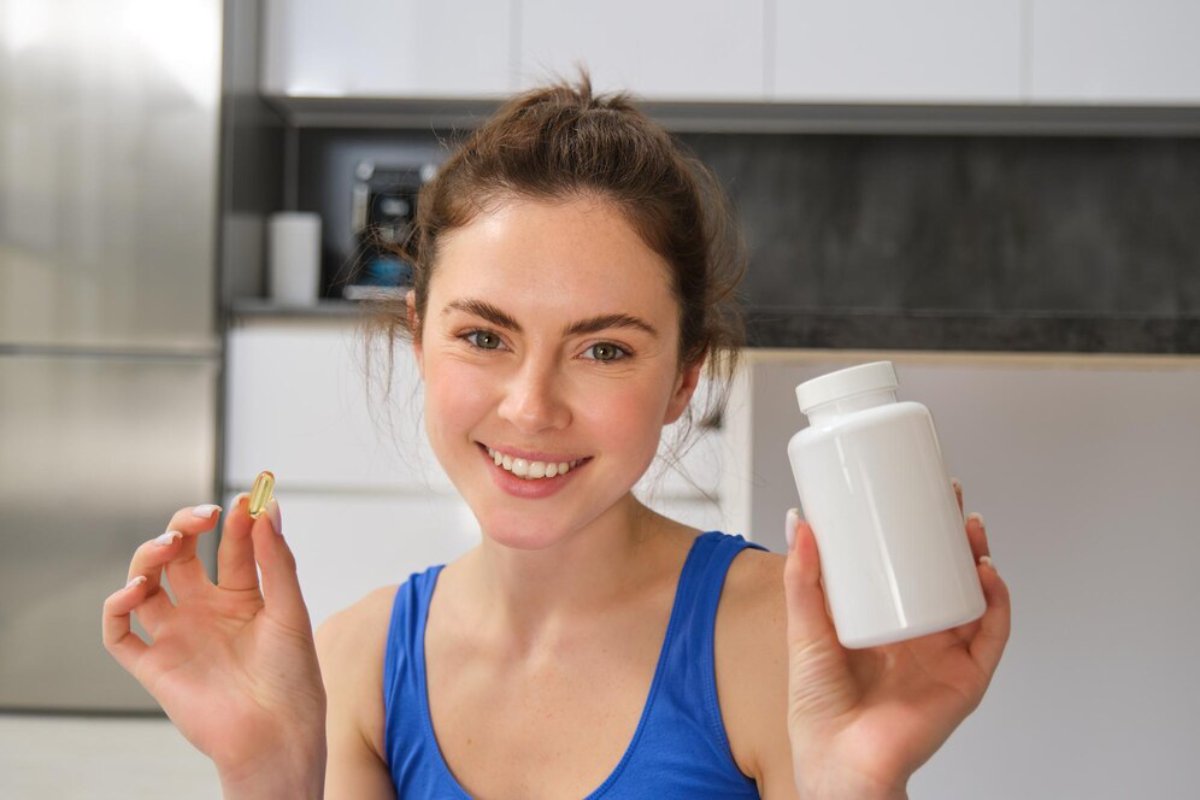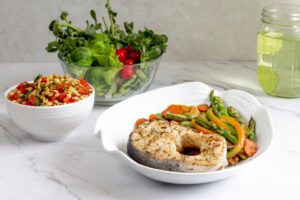The Health & Wellness Blog

Teen-Friendly Anti-Inflammatory Meals
The teenage experience is a haze of rapid physical development, mood swings, hormonal shifts, academic stress and emotional roller coasters. What teens are eating during this critical time not only has an impact on their energy and concentration, but it can also determine their health for life. One important — and frequently neglected — area of teen nutrition is inflammation.
It boils down to chronic low-grade inflammation, and chronic low-grade inflammation leads to a number of issues in teens. Including fatigue, acne, digestive problems and lack of concentration. It may also be an early warning for metabolic syndrome. Fortunately, simple dietary changes can make a big difference. Anti-inflammatory meals are healthy, colourful, and packed with nutrients. They’re great for teens and easy to make, too.
Let’s explore how to incorporate teen-friendly anti-inflammatory meals into everyday life.
Why It Matters: The Impact of Inflammation on Teenagers
During adolescence, the body is busy. It grows taller, develops the brain, regulates hormones, and builds muscle. A diet full of processed foods, sugar, and refined oils can cause inflammation. This inflammation can interfere with natural processes.
Common Signs of Inflammation in Teens
- Persistent acne or skin irritation
- Frequent fatigue or trouble waking up
- Digestive discomfort (bloating, gas, irregular bowel movements)
- Trouble concentrating or mood swings
- Increased susceptibility to colds and infections
Many of these symptoms are often dismissed as “just being a teen,” but they may signal that the body is fighting inflammation unnecessarily.

Key Benefits of Anti-Inflammatory Meals for Teens
1. Clearer Skin and Reduced Acne Breakouts
Diet plays a big role in skin health. Cutting down on processed foods, dairy, and sugar can help reduce breakouts. Also, adding more omega-3s and antioxidants to your diet can work wonders.
Helpful foods: Fatty fish (like salmon or sardines), berries, leafy greens, flaxseed, turmeric, and green tea.
2. Better Energy and Focus
Anti-inflammatory meals help keep blood sugar steady. This reduces energy crashes that often come after sugary snacks or refined carbs. A balanced plate with protein, fiber, and healthy fats leads to more sustained focus—perfect for long school days and homework.
Example combo: A chicken and quinoa bowl with roasted vegetables and avocado.
3. Balanced Moods
Teen mood swings are real, but they can be worsened by blood sugar spikes and nutrient deficiencies. Magnesium, zinc, omega-3s, and B vitamins play a role in regulating mood and supporting brain chemistry.
Try: A smoothie with banana, spinach, almond butter, and chia seeds blended with unsweetened almond milk.
4. Support for Growth and Muscle Recovery
Anti-inflammatory meals help active teens recover their muscles after sports. They also support bone health and development.
Building a Teen-Friendly Anti-Inflammatory Plate
Let’s break down how to build meals that check all the right boxes—nutritious, satisfying, and appealing to the average teen.
Key Components to Include
- Lean Protein: Chicken, turkey, eggs, tofu, lentils, or wild fish
- Healthy Fats: Avocado, olive oil, seeds, nuts, and fatty fish
- Complex Carbs: Brown rice, oats, sweet potatoes, whole wheat pasta
- Colourful Vegetables: Spinach, bell peppers, carrots, broccoli
- Hydration: Water, herbal teas, and naturally flavoured water (skip sodas and energy drinks)

Easy, Teen-Approved Meal Ideas
Breakfast
- Scrambled eggs with spinach and whole-grain toast
- Greek yoghurt parfait with berries, walnuts, and a drizzle of honey
- Oatmeal with cinnamon, banana slices, and almond butter
Lunch
- Turkey and hummus wrap with baby carrots
- Quinoa bowl with roasted veggies and grilled chicken
- Leftover salmon with brown rice and steamed greens
Snacks
- Apple slices with almond butter
- Homemade trail mix (pumpkin seeds, almonds, raisins, dark chocolate chips)
- Veggie sticks and guacamole
Dinner
- Stir-fried tofu with broccoli, bell peppers, and brown rice
- Grilled chicken tacos with avocado and slaw in corn tortillas
- Baked sweet potato stuffed with black beans, salsa, and a spoonful of Greek yoghurt
Additional Expert Tips & Common Mistakes to Avoid
Smart Strategies for Parents and Teens
- Meal prep together: Teens who help plan or prep meals are more likely to eat them.
- Stock a “grab-n-go” shelf: Prep snack packs with pre-cut veggies, boiled eggs, fruit, and trail mix for convenience.
- Smoothies as meal replacements: A balanced smoothie can save time on busy mornings or after sports practice.
Common Mistakes to Avoid
- Relying on protein bars or processed health snacks: Many are high in sugar and additives. Read labels carefully.
- Skipping meals: Especially breakfast. Skipping leads to blood sugar dips and poor concentration.
- Going fat-free: Teens need healthy fats for hormone regulation and brain development—don’t be afraid of olive oil or avocado.
Advanced Insights and Expert Recommendations
Know the Role of Gut Health
Teens experiencing inflammation may benefit from a gut reset. Encourage fermented foods like kimchi, sauerkraut, or plain kefir to reintroduce beneficial bacteria. These foods help regulate digestion, reduce bloating, and support immune balance.
Consider Food Sensitivities
Some teens may have hidden food sensitivities that trigger inflammation, such as dairy or gluten. If you still feel tired, have skin problems, or get headaches after eating well, you should see a functional medicine doctor or a registered dietitian.

Supplement Wisely
While whole foods should always come first, some teens may benefit from additional support:
- Omega-3 supplements (if fish intake is low)
- Vitamin D (especially in winter or for teens with limited sun exposure)
- Magnesium (for mood support and muscle recovery)
Always consult a healthcare provider before adding supplements.
Empowering Teens with Real Food
Empower teens, don’t restrict them with anti-inflammatory meals. They take care of teens’ mental health. With some recipes that can be easily mastered, colourful ingredients and a bit of creativity, teens can prepare meals that nourish their bodies and minds.
Good food decisions today lay the foundation for wellness throughout your life. An anti-inflammatory diet truly helps — clear skin, sharper focus and better athletic performance, to name just a few. And achieving these benefits is simple.









